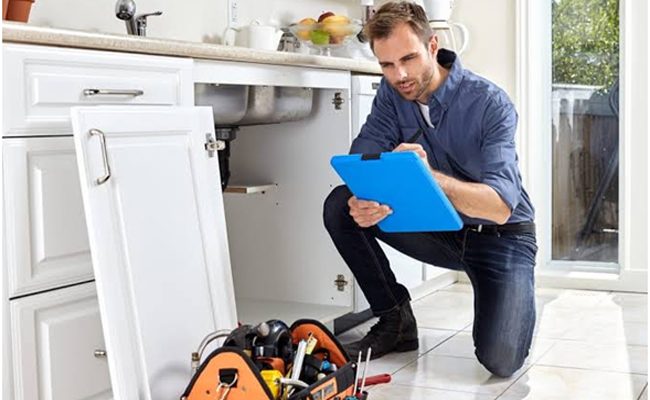
Water damage can be the most dangerous thing that can happen to homeowners, and it may occur at any time.
People, understandably, rarely consider water damage restoration until they require it. But unfortunately, it can be extremely costly. For example, floods destroy homes and businesses across the United States every year. So it’s essential to take a step against it right away.
If you notice a sign of water damage, don’t ignore it; it could be just the tip of the iceberg, signaling even more severe destruction. Keep reading to discover more about the process of water damage restoration.
What is Water Damage Restoration?
It is a process that can help you get your home back before the disaster. It is a professional service that eliminates water from your property and restores it to its previous, livable condition.
While it’s understandable to feel scared when your property suffers from flood damage or any water invasion, it’s also necessary to keep in mind that you must act as quickly as possible.
Water Damage Restoration Process
Following are the steps included in the water damage restoration process:
Step 1: Inspection and Assessment
Professionals who have expertise in water damage restoration will visit your property to conduct a thorough inspection. Then, they’ll utilize sophisticated tools like hygrometers and moisture detectors to estimate how much water damage repair work will be required.
To evaluate how much water absorption has occurred, the professionals will examine the porousness of the materials in the impacted area.
Following an inspection, the water restoration company will give you an estimate of how long it will take to restore your home and how much it will cost, as well as payment options.
Step 2: Water Removal
The next step in the repair procedure is to use water extraction to remove any standing water. Stagnant water can damage your house and cause further degradation; therefore, you should remove it as soon as possible.
For example, when dealing with a flooded basement, water extraction is crucial since standing water encourages the formation of mold and mildew.
Step 3: Drying and Dehumidifying
Restoration companies start the dehumidification and drying procedure once the water has been physically removed from the premises.
Any items that still contain water or were too difficult to access during extraction are dried out using industrial-grade air movers and dehumidifiers.
Your home may appear dry at this point, but some materials may remain moist. If left untreated, these materials may suffer more harm, such as warping, breaking, or growing mold. The experts avoid this by drying and dehumidifying the affected area thoroughly.
During this step, the professionals monitor moisture levels in the damaged areas’ walls and floors to decide when your property is dry enough for cleaning to begin.
Step 4: Cleaning and Sanitizing
In any home restoration job, a thorough, professional cleaning is essential. In addition, restoration businesses aim to save as much of their personal belongings as possible.
In the following ways, cleaning is done, including:
- Spray and wipe cleaning
- Dry cleaning
- Wet cleaning
Restoration experts also dispose of any damaged materials removed during the cleaning phase.
Step 5: Complete Restoration
The actual restoration is the last phase in the water damage restoration process. During this process, specialists restore your home to its condition before the damage.
Any materials that were destroyed or lost permanently will now be repaired or restored. Restoration projects might be complex or straightforward, depending on the extent of irreparable harm.
Final Thoughts
Natural disasters or domestic accidents might occur at any time. You can rest confident, though, that services are available to assist you in recovering from your loss.
A qualified firm with a thorough water restoration process can provide you with a safe, dry house where you can feel comfortable and secure.
Leave a Reply